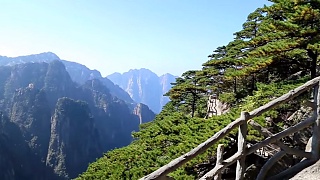With Flow Food Tea Repeat, in ShangHai ...
[640],shadow=true,start=,stop=Bonus film - with Jason / Living in China ...
[320],shadow=true,start=,stop=Live more ...
 18 years in China
18 years in ChinaWith Flow Food Tea Repeat, in ShangHai ...
[640],shadow=true,start=,stop=Bonus film - with Jason / Living in China ...
[320],shadow=true,start=,stop=

|
Just north of the Birds Nest lies a huge park.
Don't forget to visit here this coming summer ...
|

|
The world can't hold you down ...
Fine Art America
Live more !
Full post : Beautiful China trip video films
|

|
WuHan is the provincial capital of HuBei province in central-east China.
Welcome to WuHan ...
|

|
Join us for a hike through the amazing peaks and valleys of HuangShan (Yellow Mountain) Scenic Area in AnHui province, east China ...
|

|
Plus DunHuang oasis and ZhangYe DanXia GeoPark, all in GanSu province.
|

|